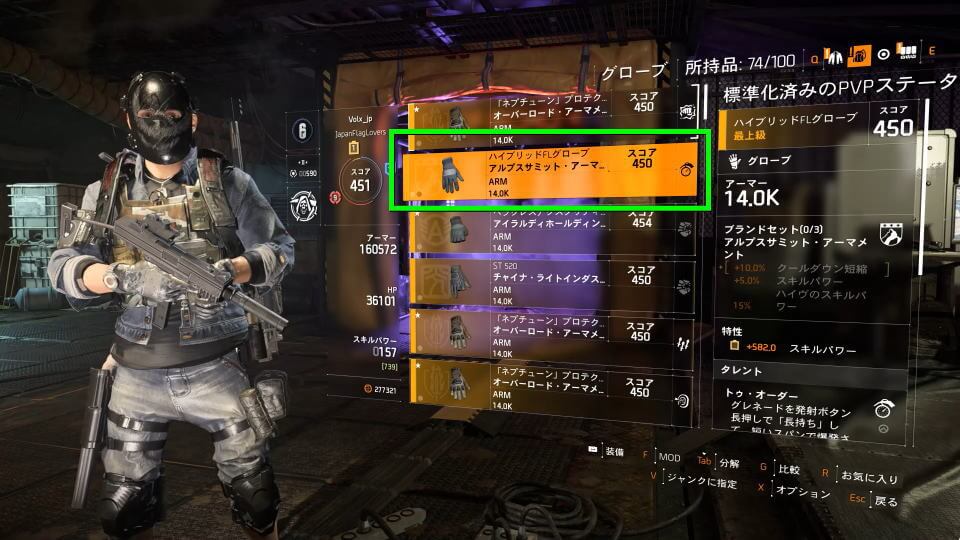
How many fish will be there in the pond after two months? A shopkeeper buys 124 packets of these candies. How many tickets will be there in a single box?

The questions are mixed, so that you also work on identifying whether a question requires you to multiply or divide. Here are some questions based on the same concept for you to practice.
#DIVISION DAILY 2 HOW TO#
The illustrations must have helped you understand how to solve multiplication and division word problems.

Therefore, the total number of peanuts in a packet will be 35. dividend= 140Īfter division, the quotient comes out to be 35. The number of packets will be the divisor because we have to divide the peanuts in the number of packets we have. This is because we have to sort them into smaller groups i.e. The total number of peanuts will be taken as a dividend. How many peanuts will be there in one packet?įor division word problems, we always start with identifying the dividend and the divisor. A worker has to put them equally in 4 packets. Here are some examples to help you understand better:

They have questions that deal with segregating/putting/sorting objects into different sections. Geometry Questions Division Word Problemsĭivision word problems on the other hand, generally are the harder ones among Multiplication and Division word problems. Therefore, the company will produce 31464 bottles in 46 days. Total number of bottles produced = 684 x 46 = 31464 Number of tyres a tyre factory produces in one day = 684 How many bottles will the factory produce in 46 days? Q2: A bottle factory produces 684 bottles a day. Therefore, 48 students can sit in the class! Total number of seats available for students= 48 Multiply the number with the number of rows = 12×4 Note the number of benches in one row= 12 In such questions, we take the following steps: Q1: There are 4 rows of seats in a class. Here are some examples of multiplication word problems: Multiplication word problems generally include keywords like calculating the “total” number of objects, goods or production. To know more about it, read our blog on BODMAS questions ! Multiplication Word Problems Try solving these word problems using the BODMAS concept.

So, let’s try and understand how to progress with such questions. However, some of them may face a slight difficulty in understanding these questions. These word problems help young children to relate to the problems on a personal level, activating their cognition in a better way. Multiplication and Division word problems are comprehensive mathematical questions designed to help students learn these skills by giving them real-life scenarios. The cactus is representative of the states whose troops formed the unit in the early 1920s: Arizona, Colorado, and New Mexico.Ratio and Proportion Questions What are Multiplication and Division Word Problems? The 103rd Infantry Division, the "Cactus" division, is so called after the 103rd's shoulder patch, a cactus in a gold circle. 103rd Infantry Casualty FiguresĬasualty figures for the 103rd Infantry Division, European theater of operations: The 103rd Infantry Division was recognized as a liberating unit by the US Army's Center of Military History and the United States Holocaust Memorial Museum in 1985. The 103rd Infantry Division and the Liberation of KauferingĪs the 103rd moved into Bavaria, its troops uncovered one of the Nazi subcamps attached to the Kaufering camp complex in the Landsberg area. On May 3, 1945, the division captured the city of Innsbruck in Austria. In March 1945, the 103rd advanced into the Rhineland, then moved southward into Bavaria. The swift German offensive into the Ardennes during the Battle of the Bulge that month forced the unit to take up defensive positions in the area of Alsace-Lorraine. From the port of Marseille, the "Cactus" division advanced northward, eventually crossing into Germany in December 1944. 103rd Infantry Division Campaigns during World War IIĮstablished in 1942, the 103rd Infantry Division landed in southern France in late October 1944, a few months after the Allied invasion of western Europe on D-Day (June 6, 1944).


 0 kommentar(er)
0 kommentar(er)
